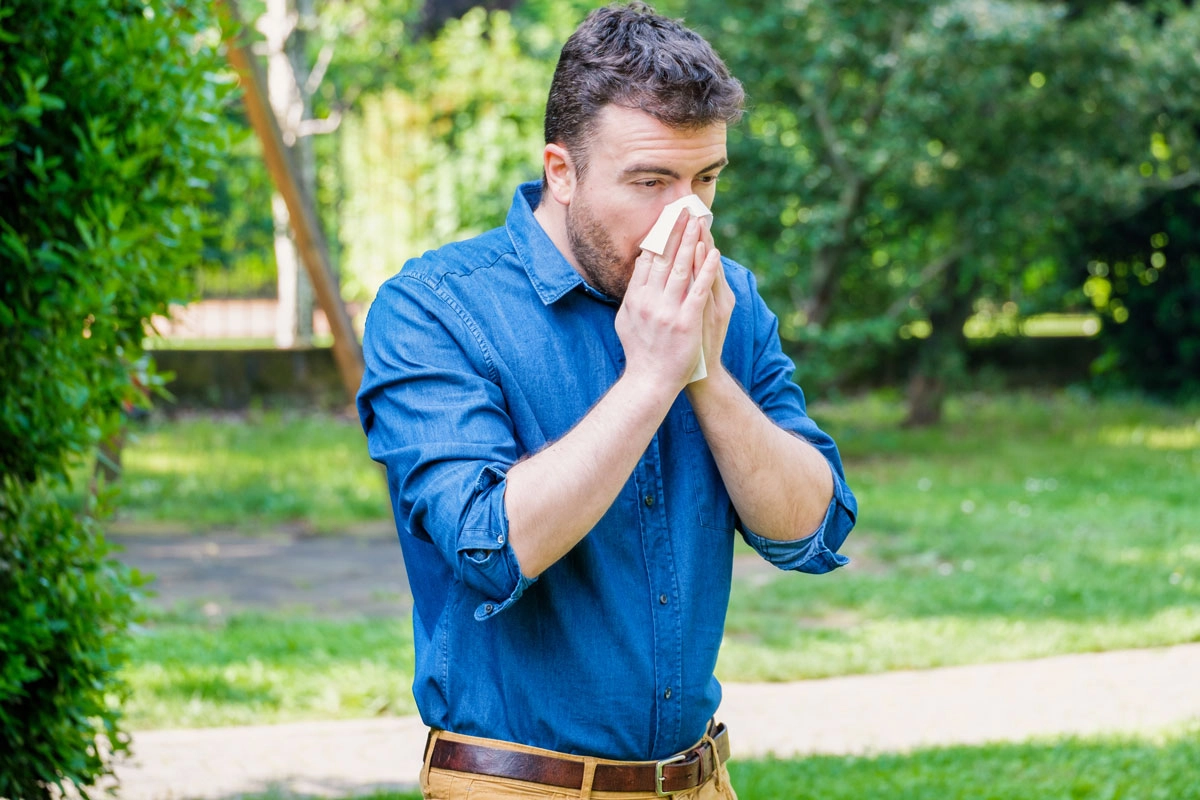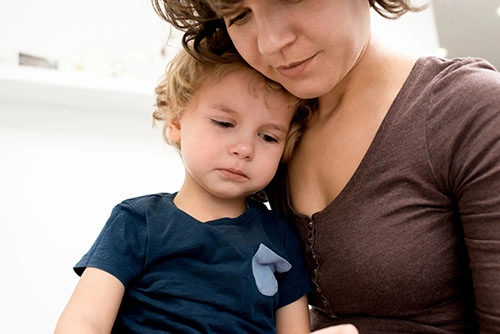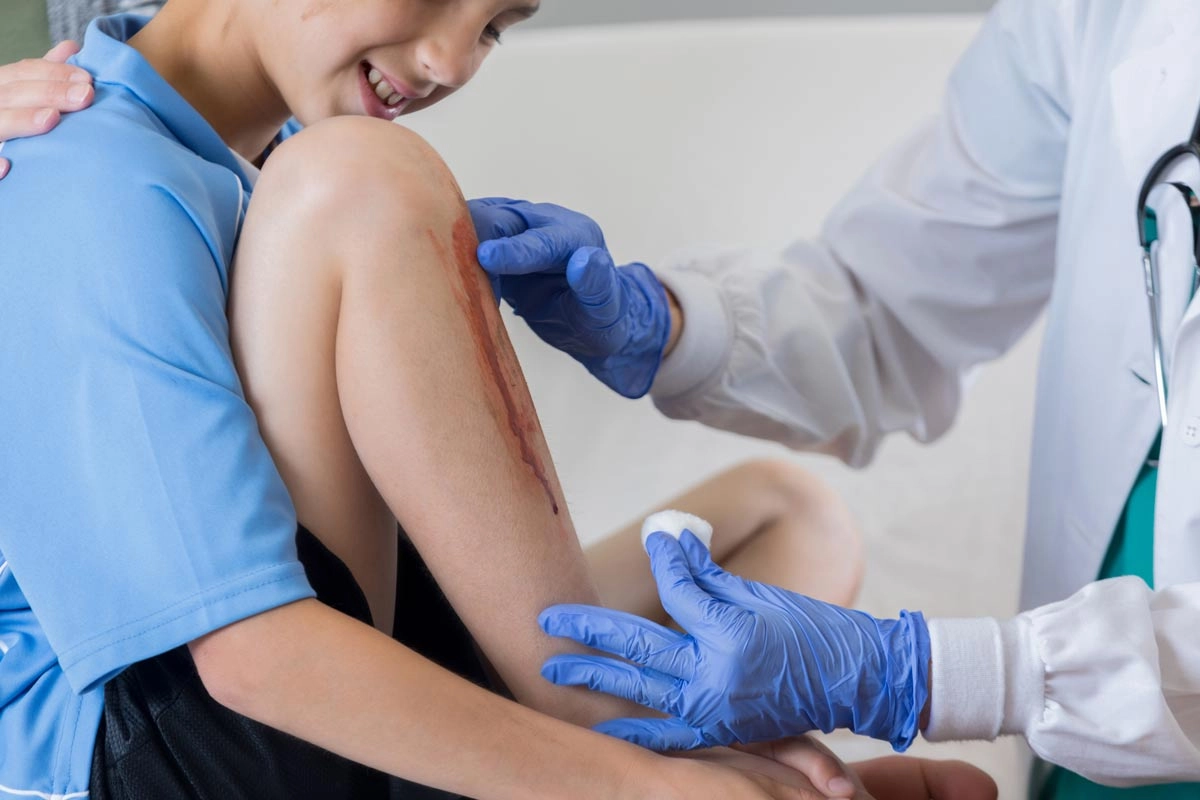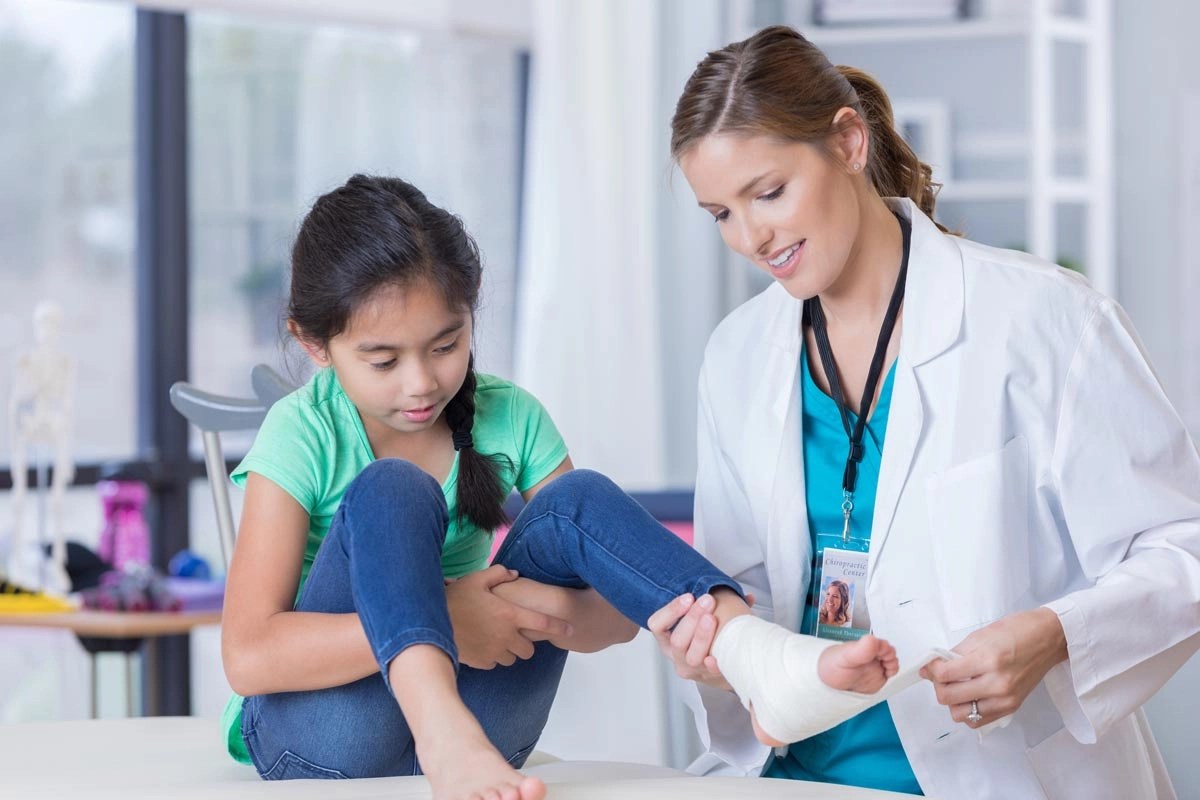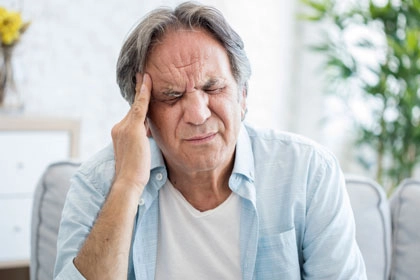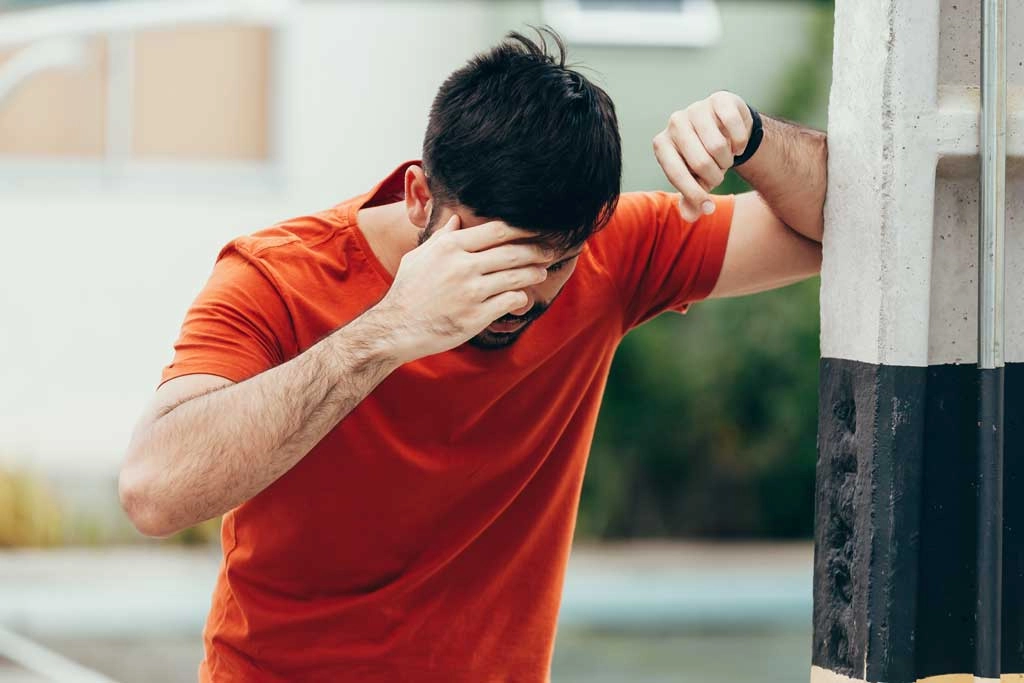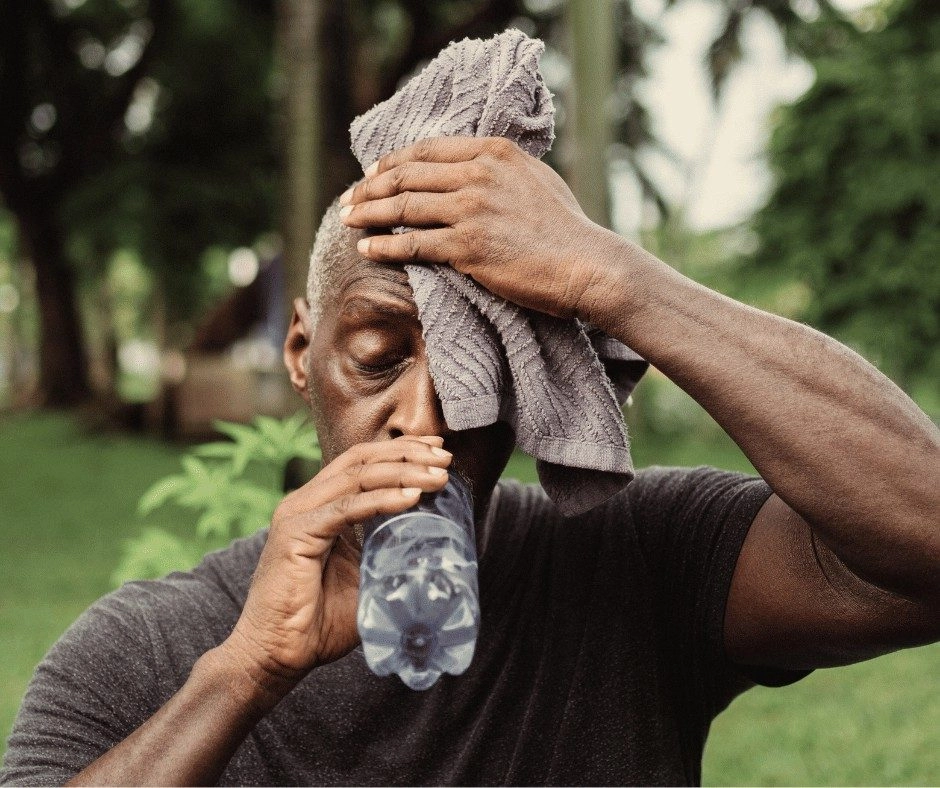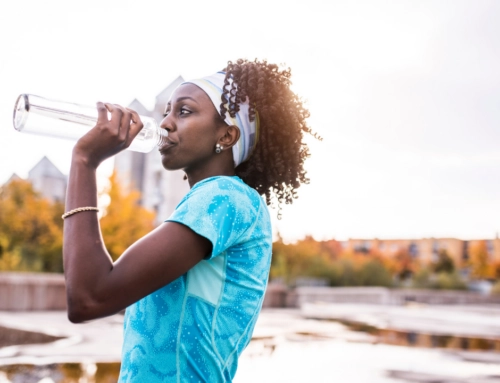Summer is a time to enjoy leisure with family, be outdoors, and breathe fresh air. Being prepared for the hot weather months can help you and your family avoid the hazards that come with the dog days of summer.
Here’s your heat safety checklist to ensure your summer adventures are fun and packed with good memories.
1. Stay Hydrated
- Drink plenty of water, about 8-10 cups per day, and incorporate electrolytes
- In hot weather or during exercise: Increase intake to 12 cups per day
- Avoid sugary or caffeinated drinks that can block the body from absorbing water and cause symptoms of dehydration
- Monitor urine color (pale yellow = well-hydrated)
2. Wear Sunscreen
- Use broad-spectrum SPF 30+ sunscreen daily, even on cloudy days, 15 minutes before sun exposure
- Reapply every 2 hours, especially if sweating or swimming
3. Dress Smart
- Wear hats, sunglasses, and loose, protective clothing for extra defense
- Use UPF-rated sun protective clothing, which can provide significant protection against UV rays
4. Take Breaks in the Shade
- To stay safe in the sun, it’s recommended to seek shade during the peak hours of UV radiation, between 10 a.m. and 4 p.m.
- Apply a damp cloth to your skin or use a spray bottle with water
- Avoid strenuous activities during peak hours
5. Eat Well
- Consume electrolyte-rich foods like strawberries, watermelon, raisins, or bananas.

Who is at Risk for Heat-Related Illnesses
Although anyone can suffer from heat-related illness anytime, some people are at greater risk than others. Check on your family, friends, and neighbors, especially if they live alone or have chronic medical problems.
Some groups may have to use additional protection measures on hot days, including:
- Children with asthma
- People with heart disease
- Pregnant women
- People 65 years of age or older
- People who are working or exercising outside in the heat
Dehydration: Signs and Symptoms
Thirst isn’t always a reliable early indicator of the body’s need for water. Many people, particularly older adults, don’t feel thirsty until they’re already dehydrated. That’s why drinking more water is essential during hot weather or when sick.
The signs and symptoms of dehydration also may differ by age.
Infant or young child
- Dry mouth and tongue
- No tears when crying
- No wet diapers for three hours
- Sunken eyes, cheeks
- Sunken soft spot on top of skull
- Listlessness or irritability
Adult
- Extreme thirst
- Less frequent urination
- Dark-colored urine
- Fatigue
- Dizziness
- Confusion
Be aware that vomiting and diarrhea can contribute to dehydration, so if you or someone traveling with you is experiencing this, ensure they take in more fluid than they are putting out.
Heat Exhaustion vs. Heat Stroke
Heat exhaustion and heat stroke are both serious heat-related illnesses that occur when the body overheats and cannot regulate its temperature. While they share some of the same symptoms, there are important differences between the two conditions:
Heat Exhaustion:
- Heavy sweating
- Dizziness
- Headache
- Nausea
- Weakness
- Muscle cramps
Heat Stroke:
- High body temperature (above 104°F)
- Confusion or disorientation
- Seizures
- Coma
- Rapid, strong pulse
- Hot, dry skin (may not be sweating)
If not treated promptly, heat exhaustion can progress to heat stroke. The brain and other organs can become damaged as the body continues to overheat.
When to go to the Emergency Room for Heat Illness
Heat exhaustion and heat stroke are medical emergencies. Call 911 if you notice:
- Body temperature above 103°F
- Confusion, dizziness, or fainting
- Rapid heartbeat & breathing
- Hot, dry skin (or profuse sweating)
- Nausea or vomiting
Take immediate action to cool the person with heatstroke while waiting for emergency treatment.
- Get the person into shade or indoors
- Remove excess clothing
- Cool the person down with water with whatever means available; a cool tub of water, a water hose, a fan while misting water onto their body, ice packs, or wet towels
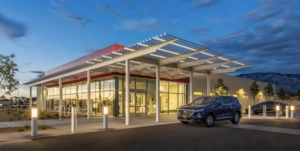
Find the Right Care for You at PRESNow 24/7 Urgent and Emergency Care
Unlike most ERs or urgent care centers in the area, PRESNow 24/7 Urgent and Emergency Care in Albuquerque, patients are only billed for the level of services they need. The ER and urgent care are open 24 hours a day, every day. No appointment is required for in-person visits.
PRESNow 24/7 Urgent and Emergency Care has four convenient locations:
- PRESNow 24/7 Urgent and Emergency Care Paseo/San Pedro is located at 6400 Paseo Del Norte Blvd. NE, Albuquerque, NM 87113, and may be reached at 505-596-2100.
- PRESNow 24/7 Urgent and Emergency Care Coors/Western Trail is located at 4515 Coors Blvd. NW Albuquerque, NM 87120, and may be reached at 505-596-2200.
- PRESNow 24/7 Urgent and Emergency Care Isleta/Rio Bravo is located at 3436 Isleta Blvd SW, Albuquerque, NM 87105, and may be reached at 505-596-2300.
- PRESNow 24/7 Urgent and Emergency Care Menaul/Pennsylvania is located at 7400 Menaul Blvd NE, Albuquerque, NM 87110, and may be reached at 505-596-2400.




